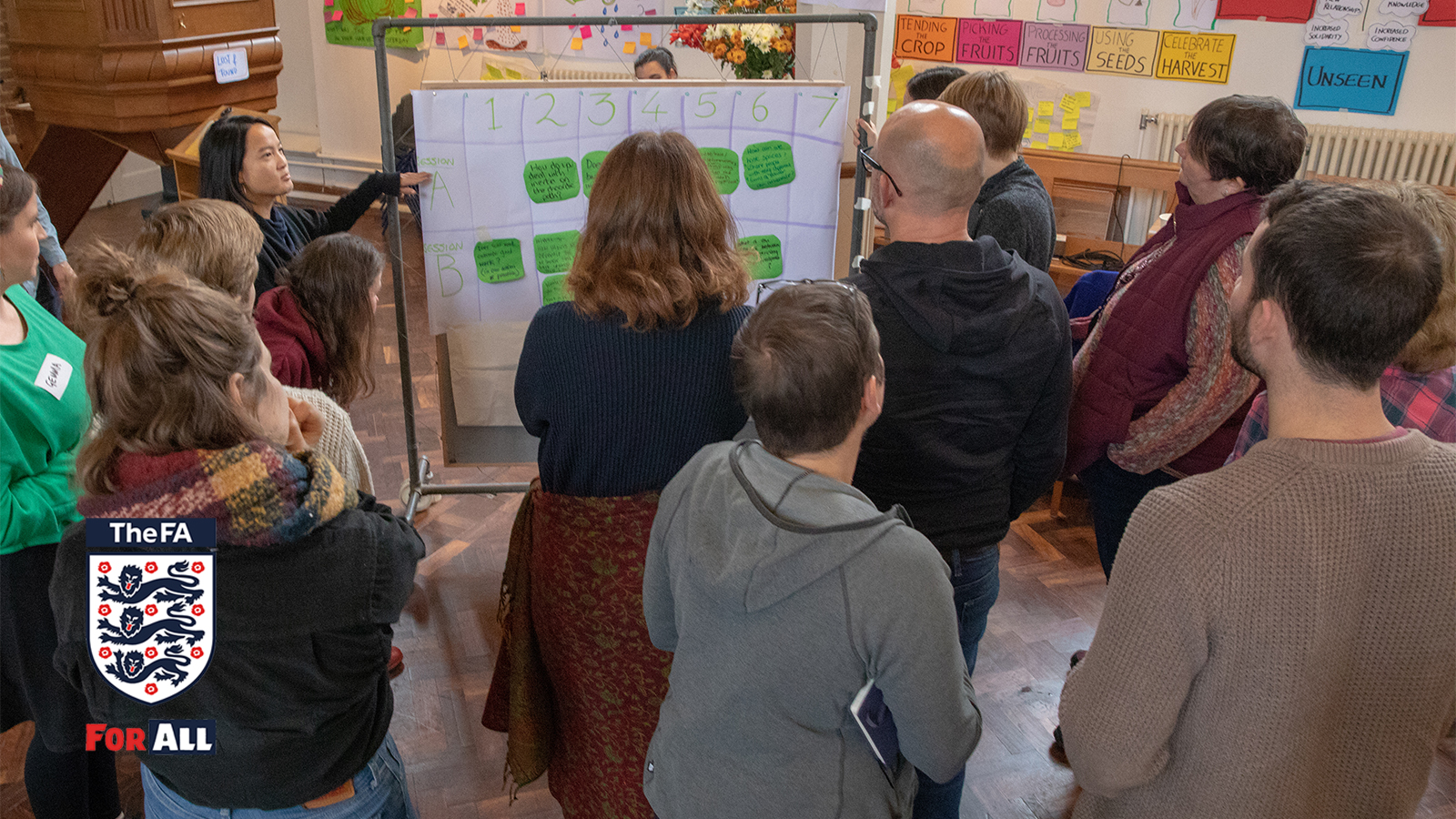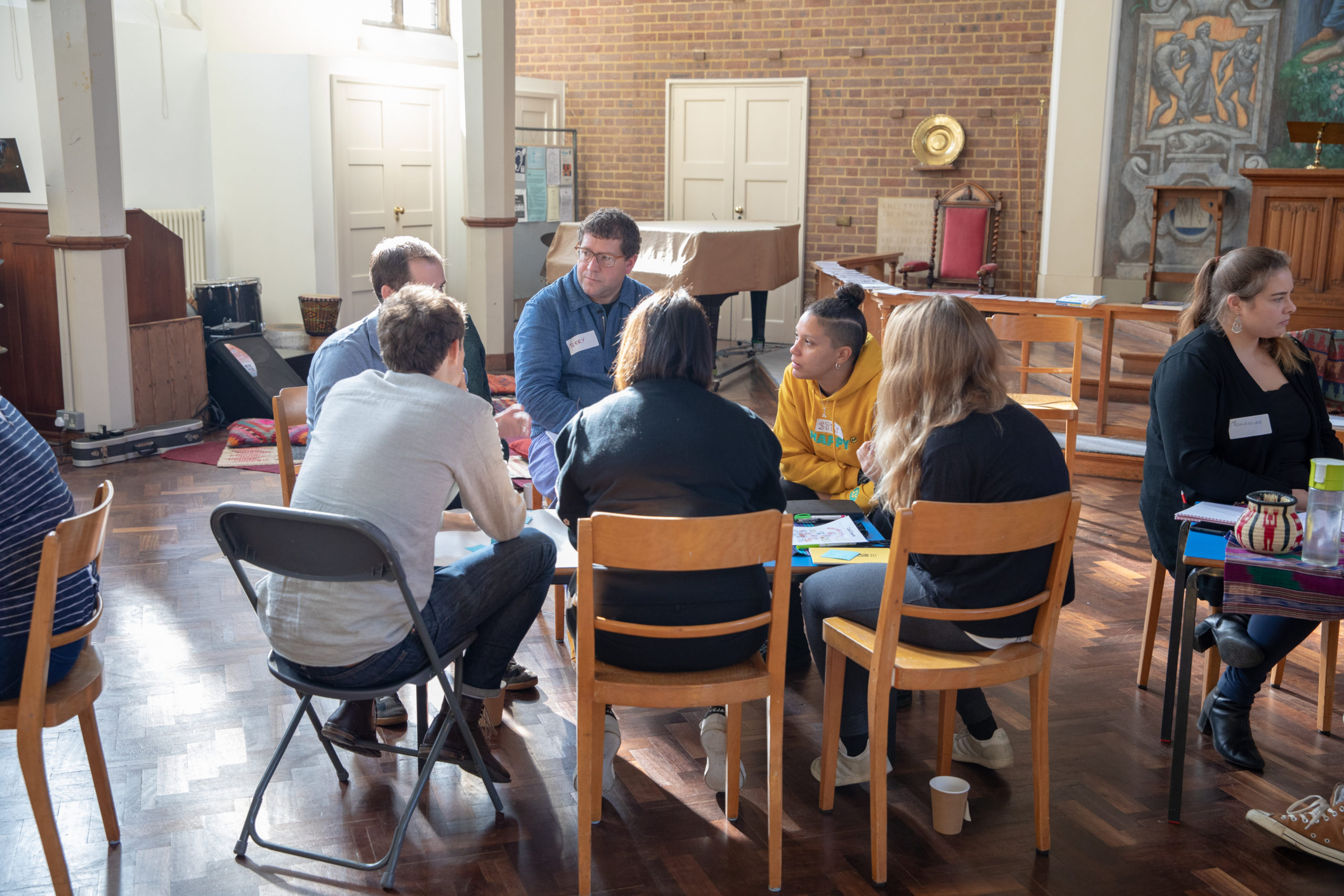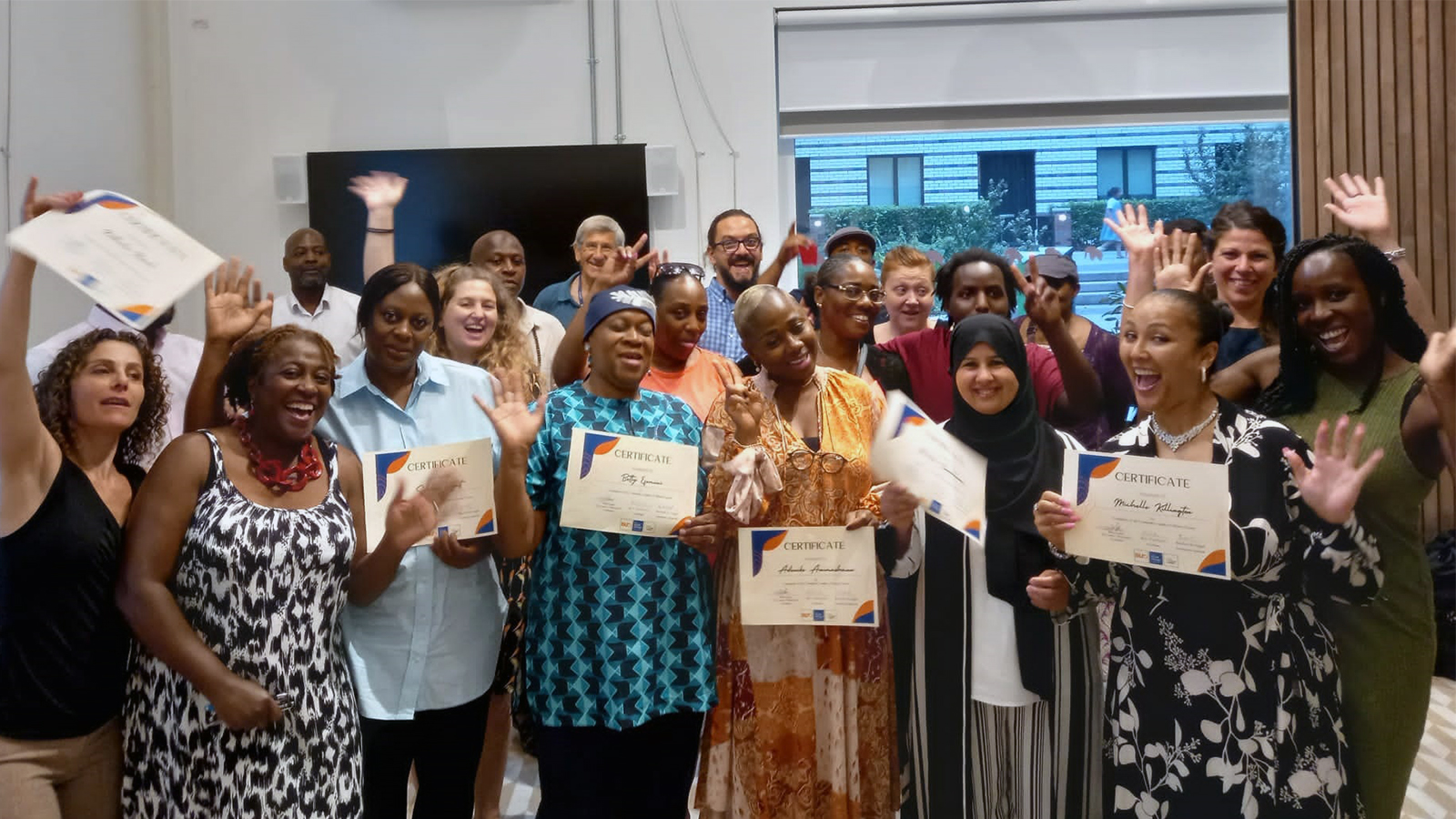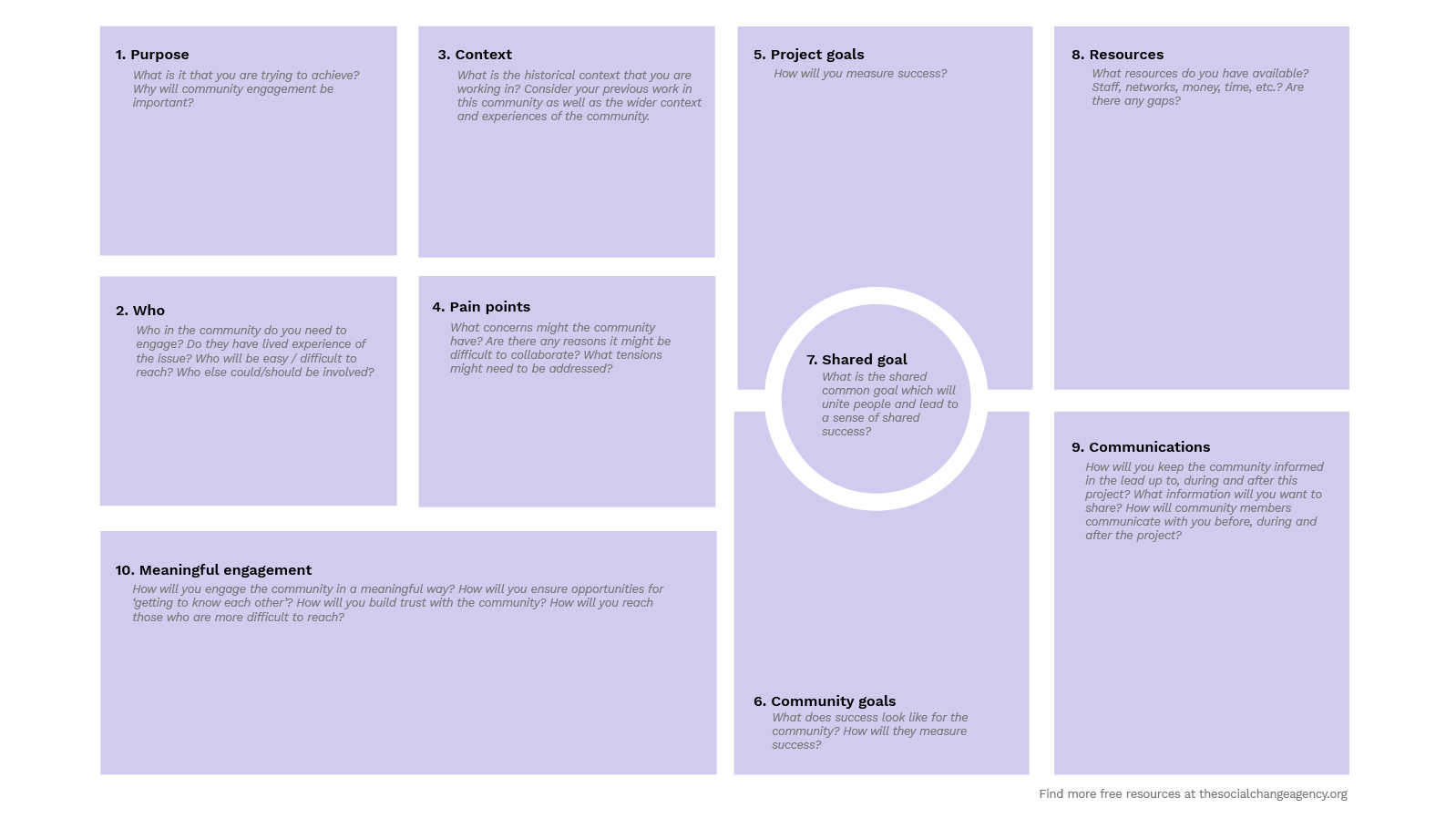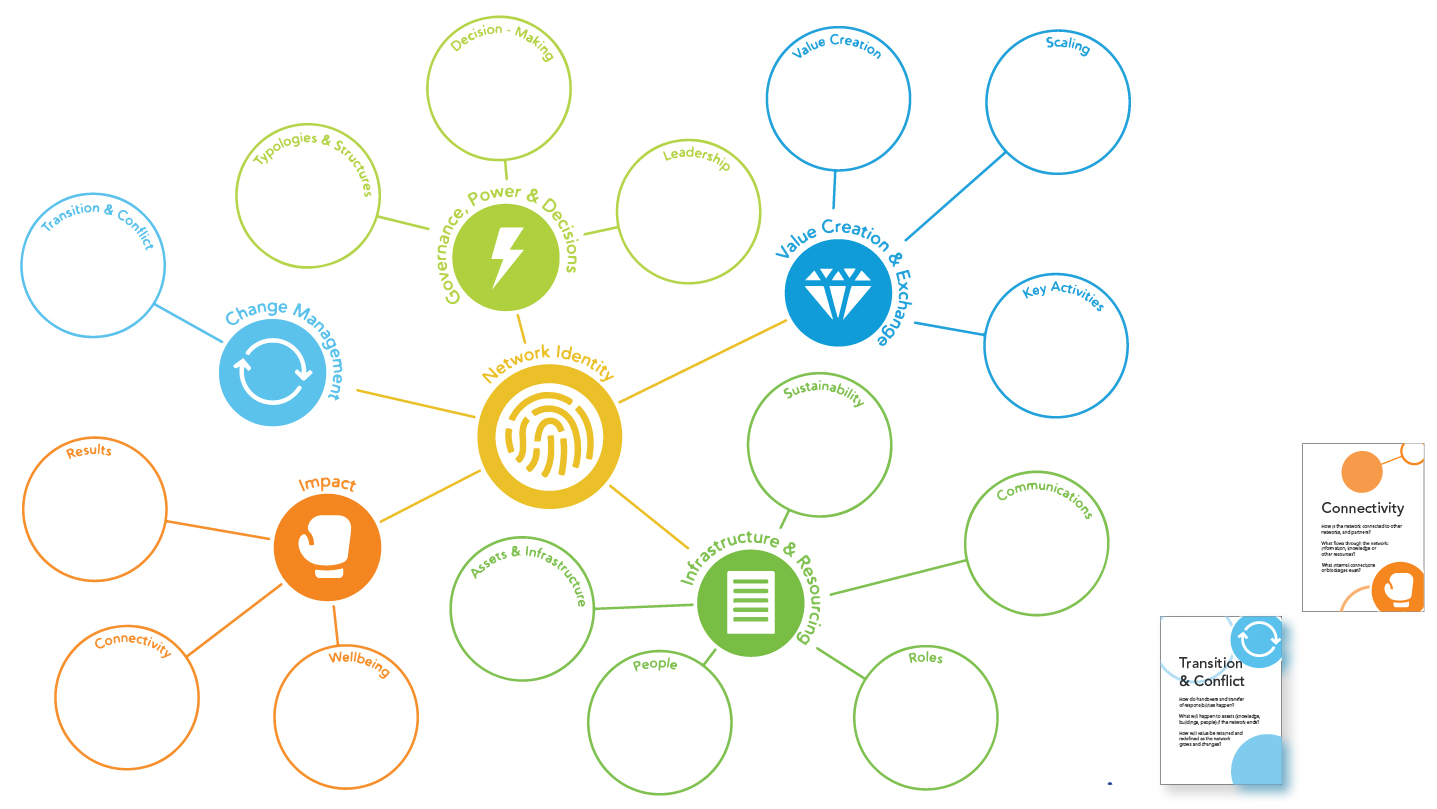Community outreach done right – Five tips to building an effective strategy
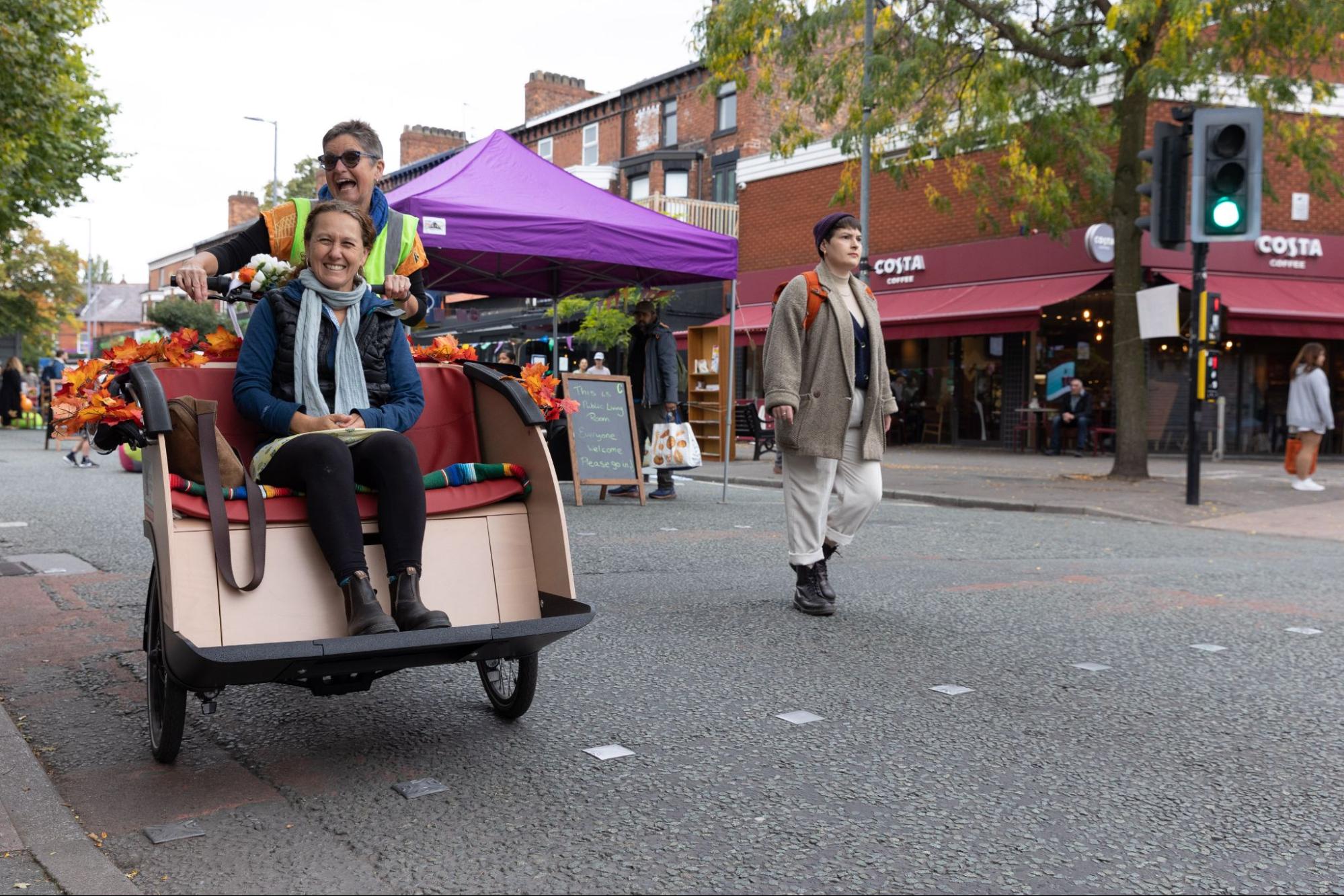
Five tips to help you build an effective community outreach strategy
Effective community outreach is essential for charities and funders looking to make a positive impact in their communities. However, outreach efforts can sometimes fall short if they are not well-planned and executed. In this post, we share five quick tips for improving your community outreach.
1. Be clear who you’re trying to reach
First things first, to be effective in community outreach, you need to know who you’re reaching out to. Take time to identify the groups or individuals you want to connect with. Who are they really? What do they need and care about? What are their experiences?
Understanding them on a deeper level will help you tailor your outreach efforts to really speak to them.
2. Offer What They Really Want:
To grab people’s attention, your outreach needs to offer something they truly care about. Make sure what you’re bringing to the table aligns with their needs and goals. If you’re not sure what those are, don’t be shy—just ask them! Tailor your support, grants, and programmes to tackle their challenges or match their values and interests. And don’t forget to explain how it benefits them in a way that hits home.
3. Remove the barriers
What are the barriers preventing communities from reaching and engaging with you? These barriers can include things like language barriers, limited access or use of technology, limited available time, overly complicated applications, or ineligible due to application criteria.
Are you inadvertently excluding the very community you’re trying to reach?
Finding ways to break down these barriers is critical to successful community outreach. Take each barrier in turn and explore how you might reduce, or ideally remove, each barrier. For example, could you be more flexible with time commitments? Could you simplify your application process? Could your messaging be translated into another language?
Check your funding criteria – Are you inadvertently excluding the very community you’re trying to reach? Funders often require their grant holders to be a legally registered entity making smaller community groups and grassroots movements ineligible. Fiscal hosting allows funders to fund these smaller groups without the associated risks or admin.
4. Partner with local groups, community leaders, and organisations
Unsurprisingly when it comes to community outreach, you’ll find the people who are part of the community know best what’s needed.
Partnering with local groups, community leaders, and organisations can help you reach a broader audience and build trust with the people you want to engage. These groups and individuals have established relationships within their communities and can provide valuable insights and resources.
Collaborate with them to co-create programmes, events, and services that meet the needs of the community. This approach will not only help you reach more people but will also ensure that your outreach efforts are aligned with the community’s values and goals.
5. Build meaningful relationships
Building meaningful relationships should be at the heart of your community outreach strategy.
To build long-lasting relationships, you need to create meaningful connections with the people you are engaging with. This means going beyond surface-level interactions and building genuine relationships based on trust and mutual understanding. Be present in the community, listen actively, and show empathy. Take the time to get to know the people and demonstrate your commitment to their needs and goals.
Effective community outreach is crucial for any organisation or funder seeking to create lasting social change. By being clear on who you’re trying to reach, removing barriers to participation, and partnering with local organisations and community leaders, you can build meaningful connections and make a real impact.
It’s important to remember that community outreach is an ongoing process that requires flexibility, openness to feedback, and a willingness to learn and adapt.
We hope that these tips have been helpful, and we encourage you to keep exploring new ways to engage with your community and create positive change.
We’re committed to working with others to create lasting, systemic social change. If you’d like to explore how we can help with your community outreach strategy then get in touch.
Sign up to our newsletter for more insights and news from the world of social change
